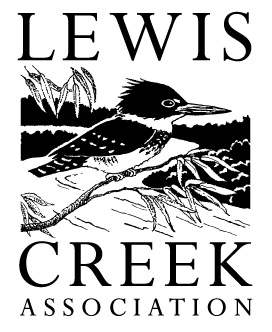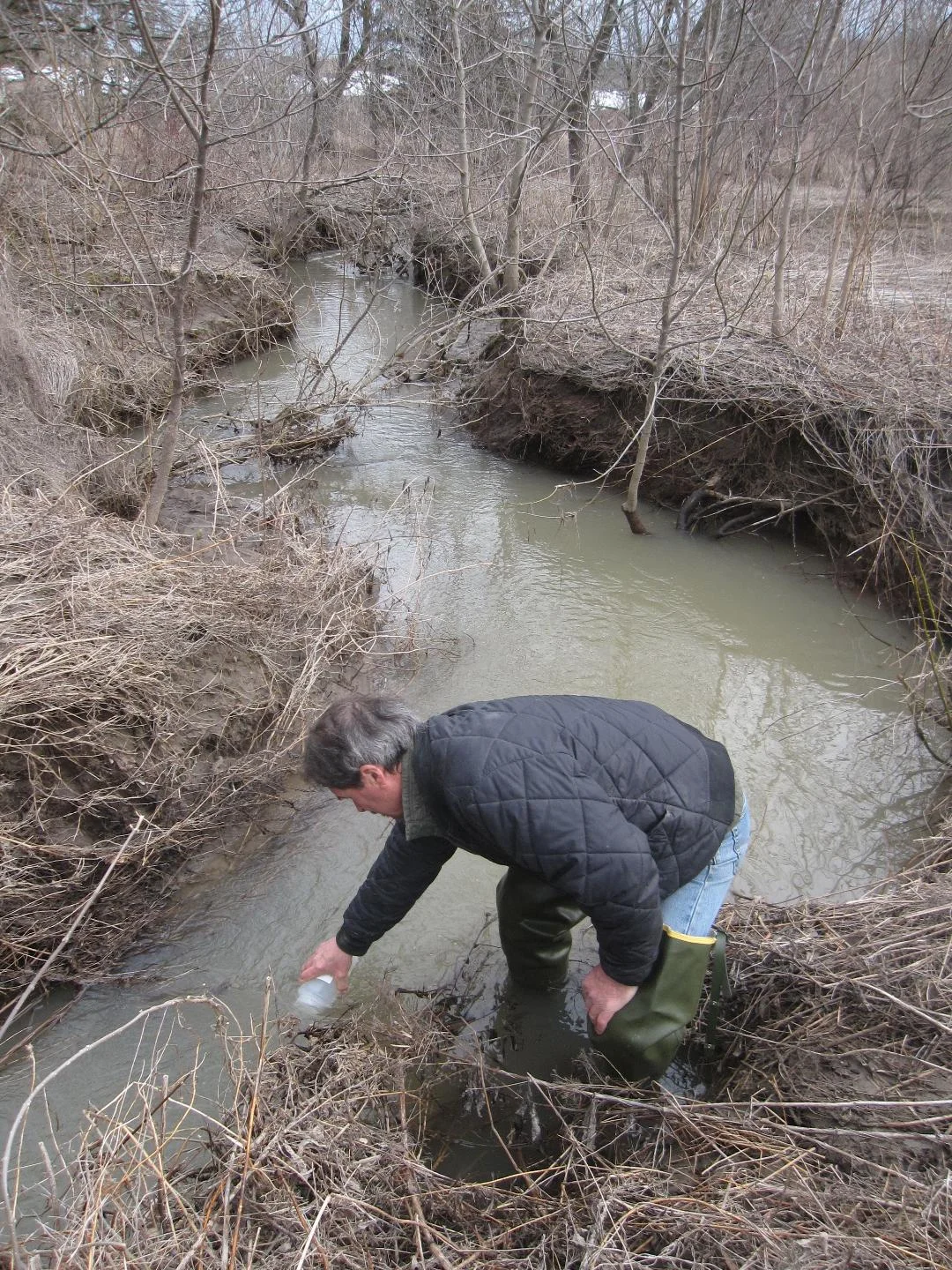by SCOOTER MACMILLAN
Staff Writer
Sometime in 1989, Mike Kline from the Vermont Department of Conservation found himself sitting in Andrea Morgante’s living room in Hinesburg talking with a fledgling watershed organization – the Lewis Creek Association.
Thirty years later, at the end of the workday on Thursday, Aug. 29, he was talking to a reporter from The Citizen about the history, goals and accomplishments of the Lewis Creek Association. Besides turning in his keys, that conversation was one of his last tasks before he retired as Rivers Program Manager in the Department of Environmental Conservation’s Watershed Management Division.
“This is my last day of state employment,” Kline said. “It’s sort of poetic that I started and ended with the Lewis Creek Association.”
“Meeting Mike was an ‘A-ha’ moment when we understood that we not only had an ally, but also a really good teacher who shared our passion,” said Morgante, the organizations founder and board president.
The Lewis Creek Association was born out of an effort to save a piece of property on Lewis Creek on the west side of Silver Street in Hinesburg.
“We had the opportunity to buy it from a person who wanted to sell it,” said Marty Illick, who was at those early meetings and is now the executive director. “It was significant for its diversity.”
The 90-acre parcel was one of the first purchases by the Hinesburg Land Trust, which turned it over to the Vermont Fish and Wildlife Department. It was the first property that the Hinesburg Land Trust purchased.
Origin story
As a founding member of the Hinesburg Land Trust, Morgante was writing grants and in correspondence with state officials to get the money to buy the property on Lewis Creek. One of those officials suggested in a letter, sort of offhand, that they should start a watershed group.
Morgante took the suggestion to heart and reached out to friends, including Illick, in Charlotte, Ferrisburgh, Hinesburg, Monkton and Starksboro – the five towns in the watershed of Lewis Creek. The Lewis Creek Association was born. When the Lewis Creek Association added the LaPlatte River to its protection efforts, a sixth town in that river’s watershed was added – Shelburne.
The year that the Lewis Creek Association was formed was the same year that conservation commissions were authorized by the state.
“Back in the last 1980s and early 1990s, we worked around the state to build up these community-based, citizen-based watershed groups,” said Kline. “We recognized that we would benefit from having strong local participation. So many of the activities that are needed to restore our waters are at the discretion of landowners and communities.”
He said that Lewis Creek Association was one of the earliest watershed associations in the state, and that there are now around roughly 20 watershed associations in Vermont.
“They’re all different shapes and sizes, but they do a lot of the same kind of work,” Kline said. “They advocate for protecting river corridors in recognition that rivers restore themselves over time.”
Over his career, Kline has seen the Lewis Creek Association do “a whole suite of things that are incredibly important,” including water quality monitoring, protecting riparian buffers for streams and protecting stream corridors.
Wishing for more Lewis Creek Associations
“I’d love to see a map of all that they’ve accomplished at the Lewis Creek Association,” said Kline. “If every watershed in Vermont had a watershed association as active and effective as the Lewis Creek Association has been, it would mean that our water is protected. The more local your conservation effort is, the more effective it’s going to be.”
One of the things that Lewis Creek Association realized early on is that land use planning is generally done by each town separately, which isn’t the best for streams or rivers that run through many of the towns.
“We have to overcome town-by-town zoning because a river is a whole system and some towns haven’t done a good job of prohibiting development in the watershed,” said Morgante.
Another important accomplishment is all the classroom work they’ve done in schools.
She said among the Lewis Creek Association’s most important accomplishments was developing high standards for water quality. These high standards have been achieved by recruiting and training volunteers to do water sampling and to monitor and manage aquatic invasive plants, including frogbit, yellow iris and Japanese knotweed.
Morgante said the state doesn’t have the funds to pay for this monitoring and for fighting invasive plants. She said the volunteers are important because “prevention is way less expensive than eradication after the fact.”
International amphibian crossing attention
An accomplishment that’s attracted a lot of media attention, even from as far away as Sydney, Australia, is the amphibian crossing in Monkton. The federally funded first amphibian crossing in Vermont is a culvert under the Monkton-Vergennes Road, giving safe passage to both reptiles and amphibians, such as the rare blue-spotted salamander.
The problems with the water quality of Lake Champlain go way back, Illick said.
“A lot of people say it’s our current farmers or our roads that are the problem, but it’s older than that,” she said.
It goes back to the mid-1800s when the forests of Vermont were cut down and the state was “pretty much denuded,” Illick added. “Bare soil in the Champlain Valley should be a no-no. The problems are a combination of a lot of clay soil and phosphorus. And the phosphorus doesn’t go away. It’s a legacy problem.”
Because so much of the soil is clay, the runoff carrying fertilizer and phosphorus has little chance to soak into the ground.
She said that the first thing that needs to be done is never let the soil be bare by engaging in row-crop farming, which means that corn and hemp for cannabidiol, or CBD, the active ingredient in hemp, are a bad idea for the Champlain Valley.
The Nike slogan could be the Lewis Creek Association slogan: There is no finish line.
“We’re in this for the long run,” said Illick. “We’ll spend our lives trying to nudge and educate our communities to protect our watersheds.”

